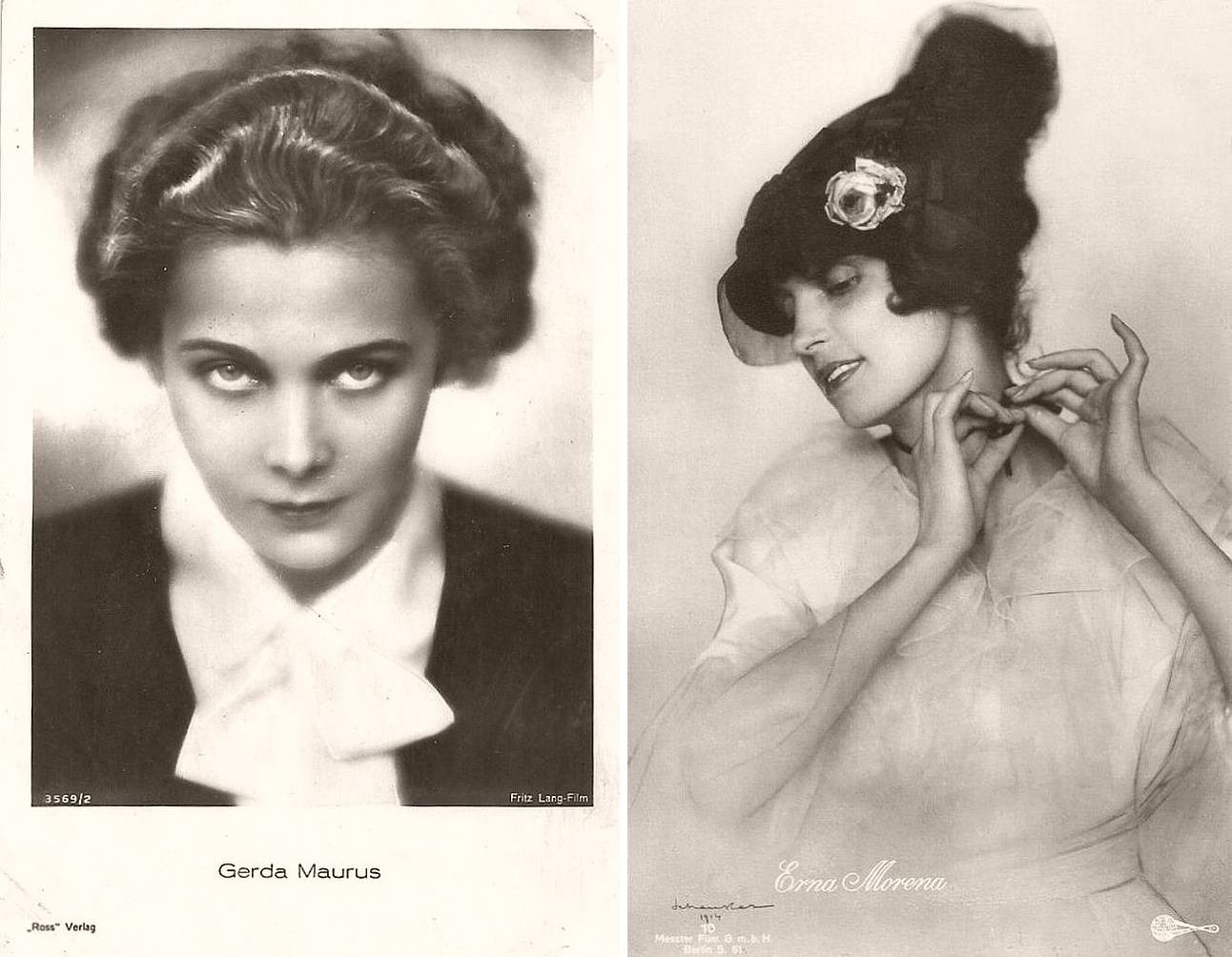(Photos & Info – Source: Monovisions) – Sept. 5, 2018
During the 14 years which comprise the Weimar period, the German film industry enjoyed an unprecedented development. In essence it was “the German equivalent to Hollywood”. An average of 250 film were being produced each year, a total of 3,500 full-feature films.
Apart from UFA, about 230 film companies were active in Berlin alone. The fact that the films were silent and language was not a factor, enabled even foreign actors to be hired even for leading roles.
This period can also be noted for new technological developments in film making and experimentation in set design and lighting, led by UFA. Babelsberg studio, which was incorporated into UFA, expanded massively and gave the German film industry a highly developed infrastructure. Babelsberg remained the centre of German filmmaking for many years, became the largest film studio in Europe and produced most of the films in this “golden era” of German cinema.
(Photos)
– Austrian actress Gerda Maurus (1903-1968) was a star of the silent screen. With her protruded cheek bones and her forceful look she bewitched many men, including her director Fritz Lang and Nazi Minister Josef Goebbels.
– Erna Morena (1885-1962), born Ernestine Maria Fuchs, had an enormous career in German silent cinema in the 1910s and 1920s, and until the mid-1930s she was regularly performing in German sound films.

